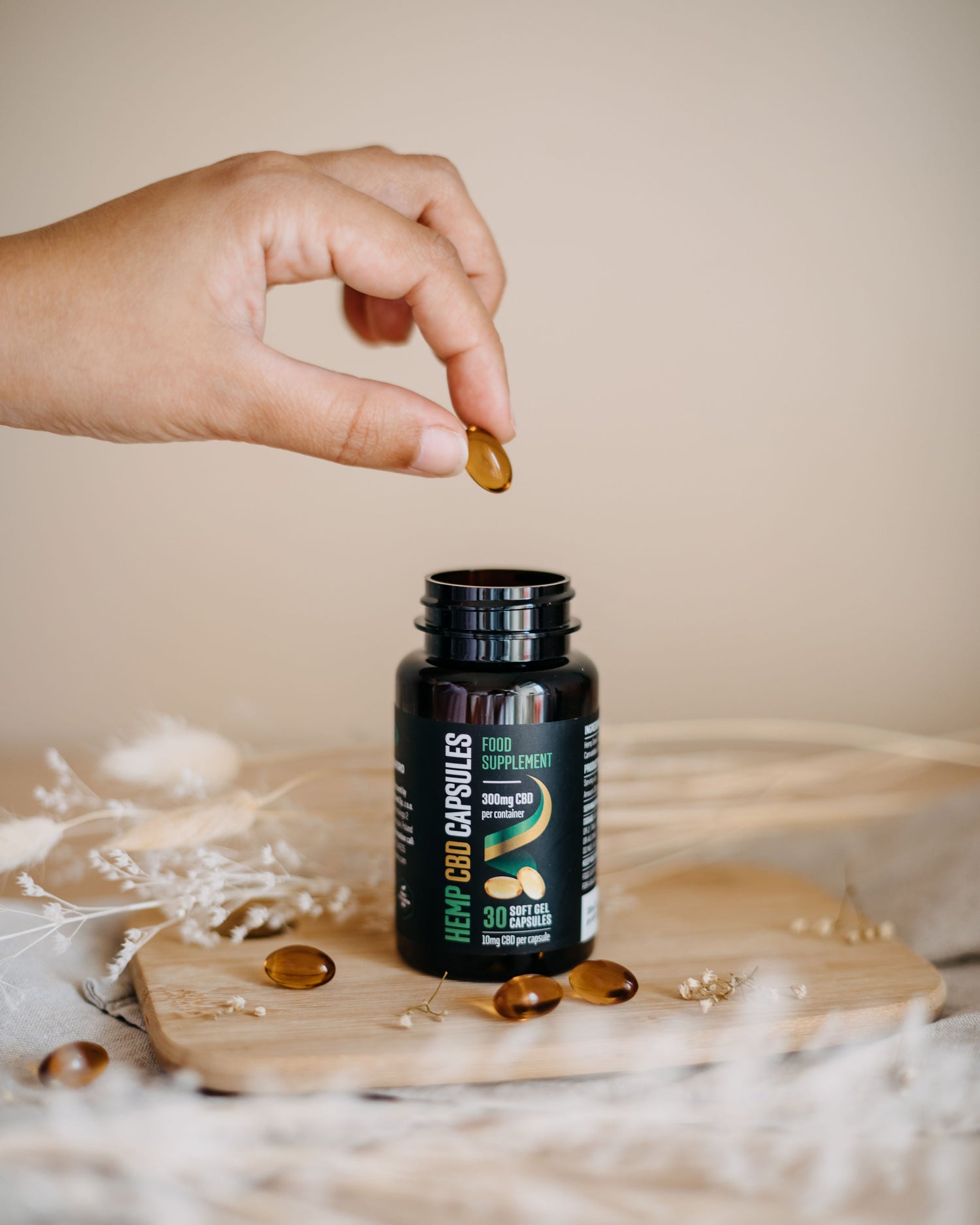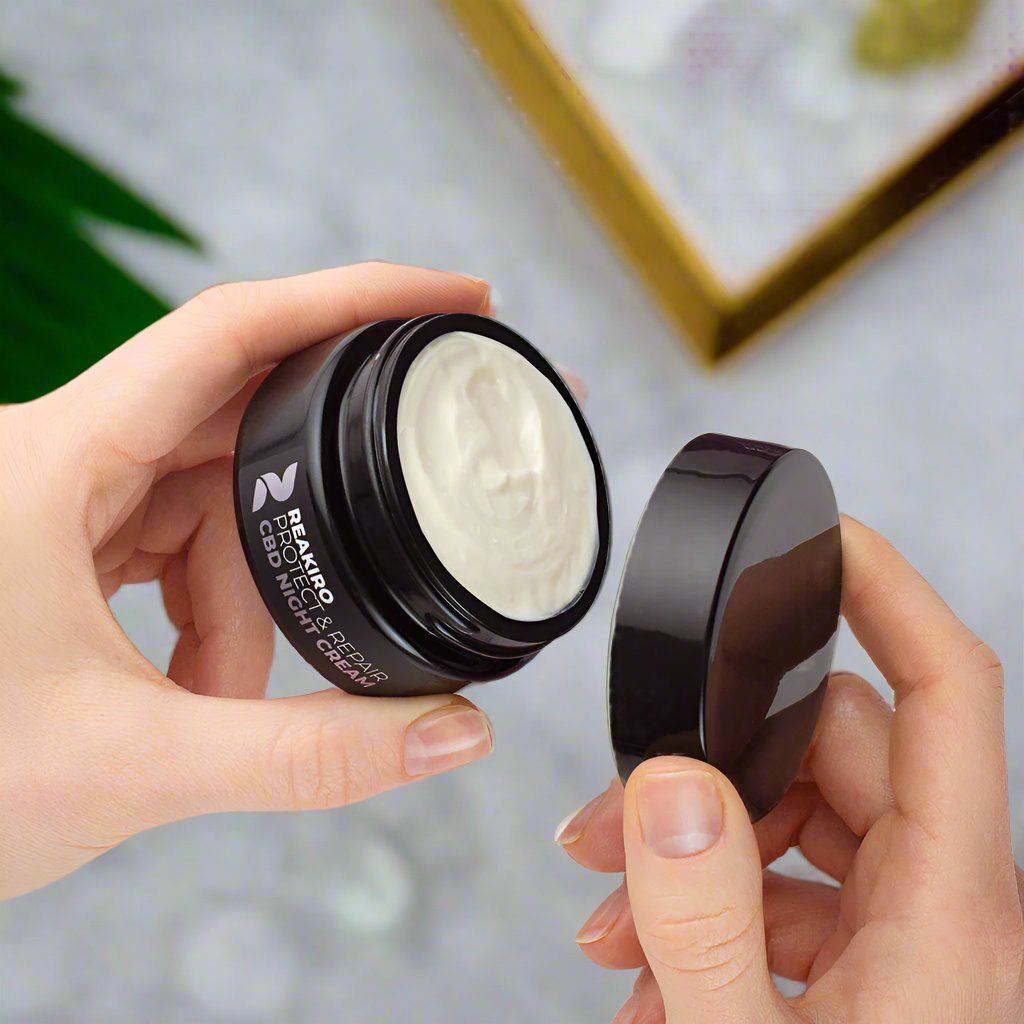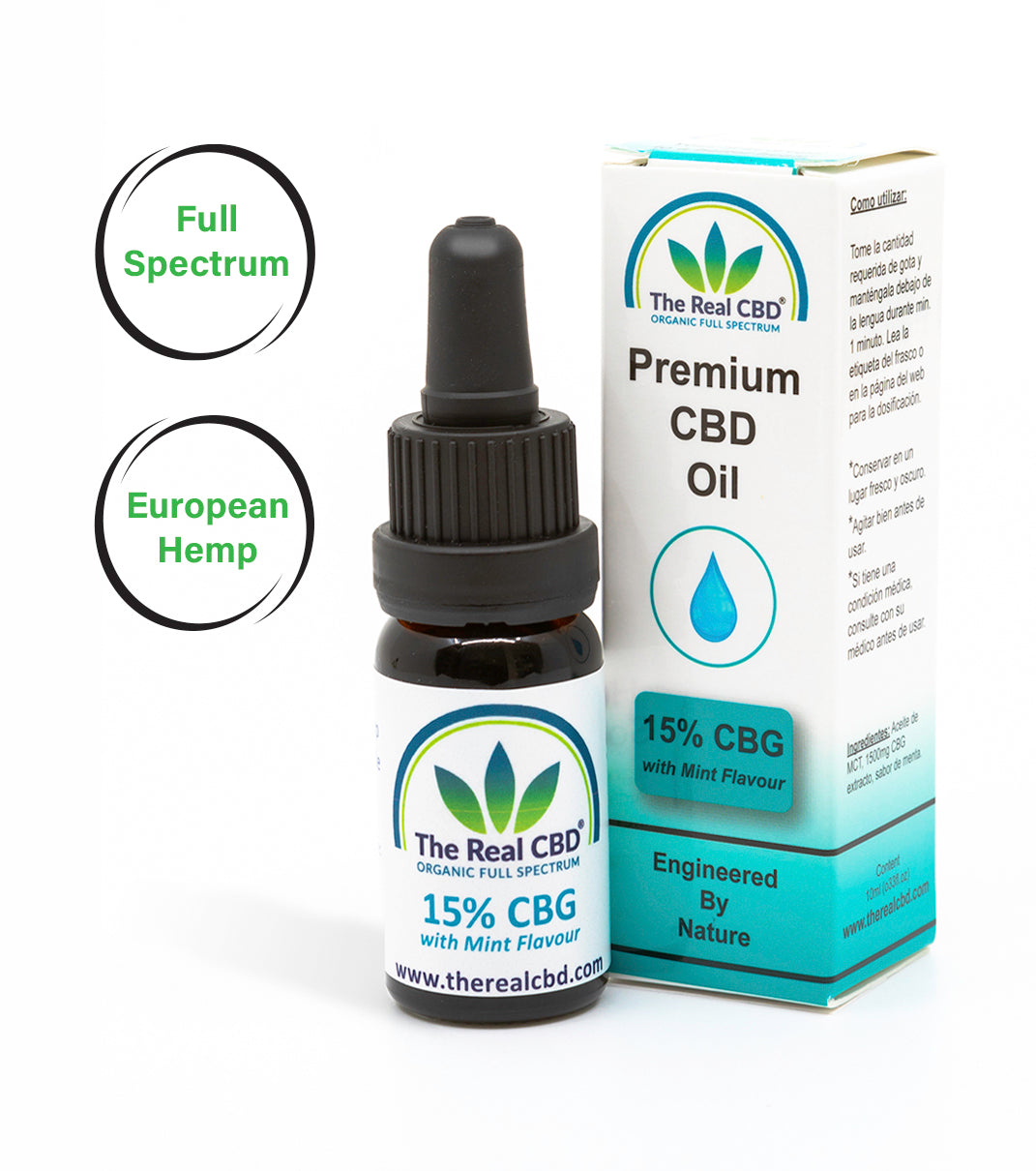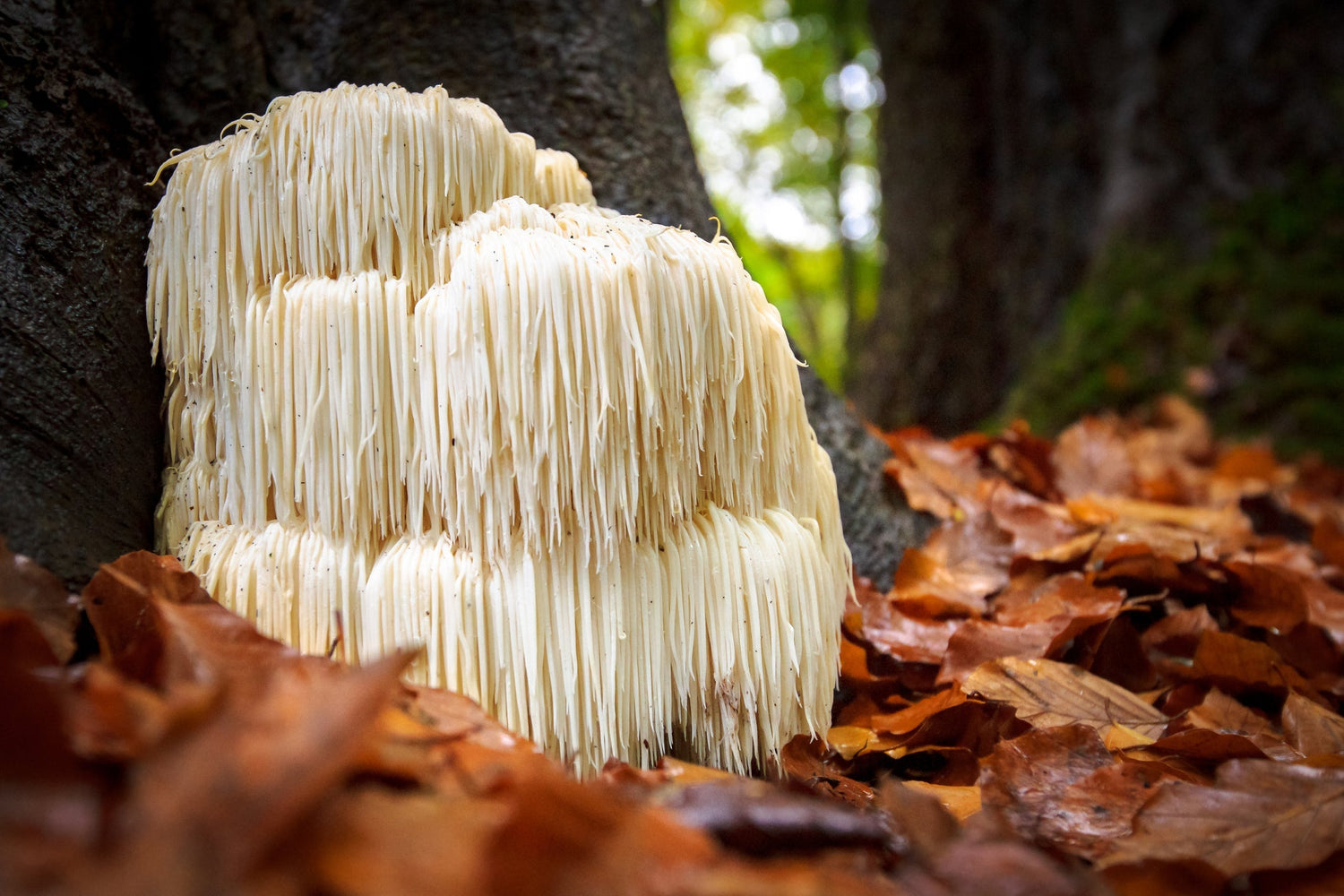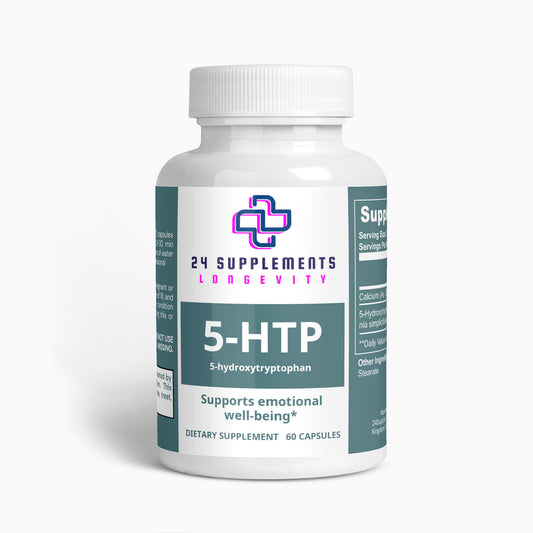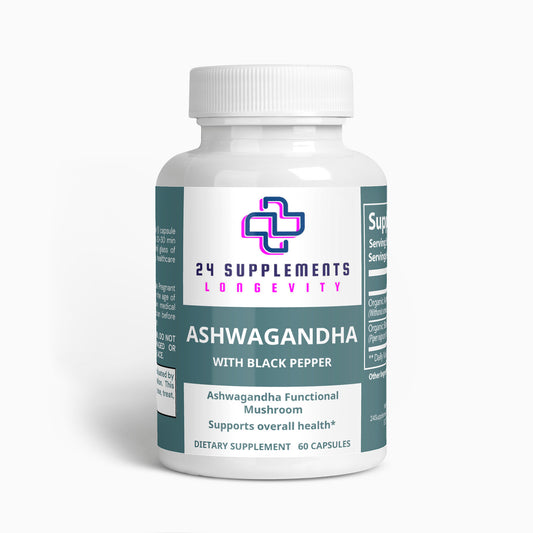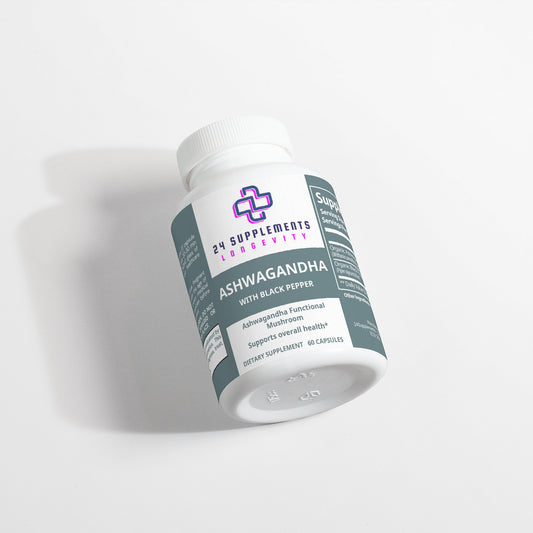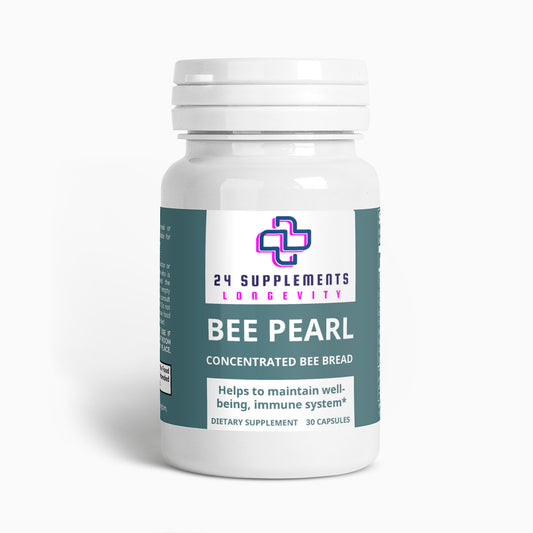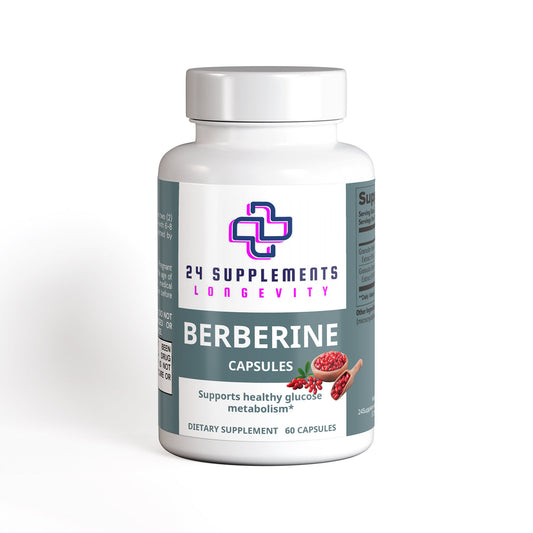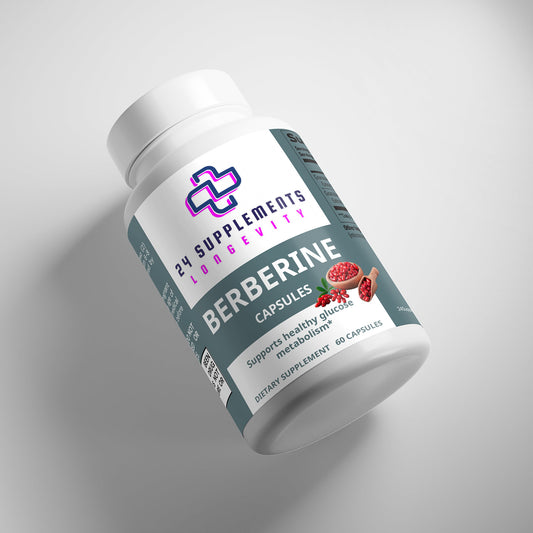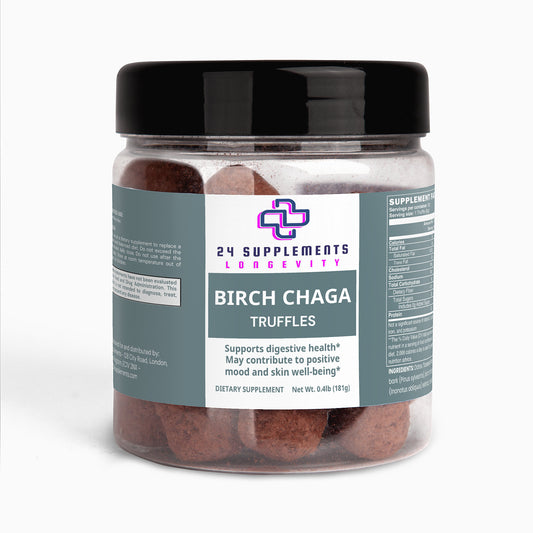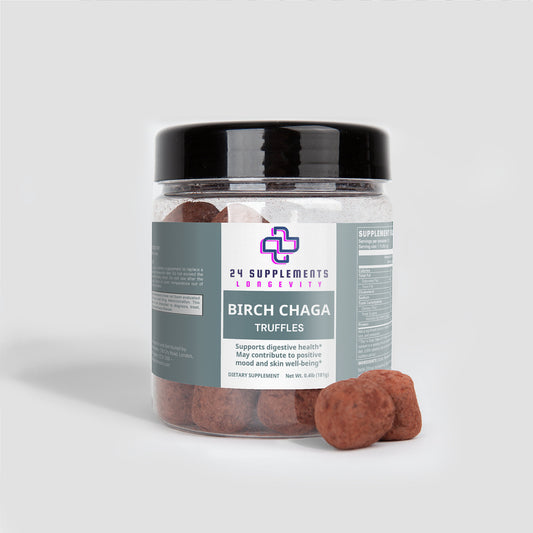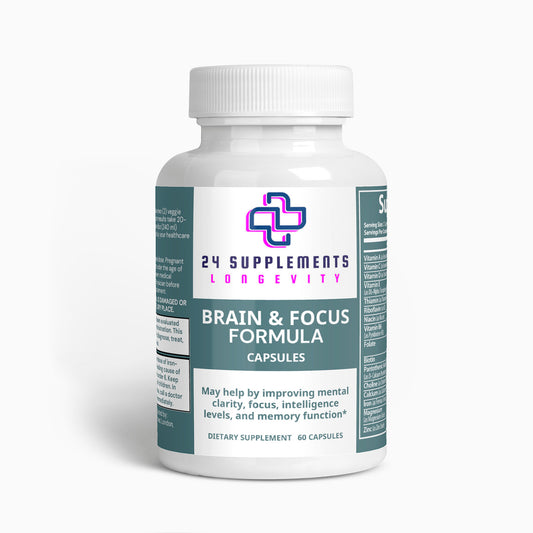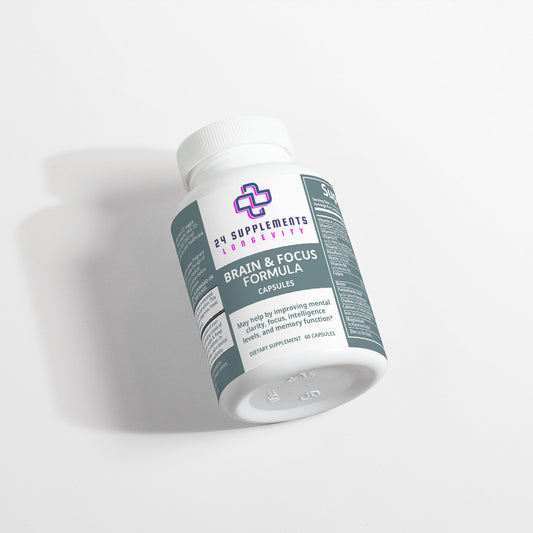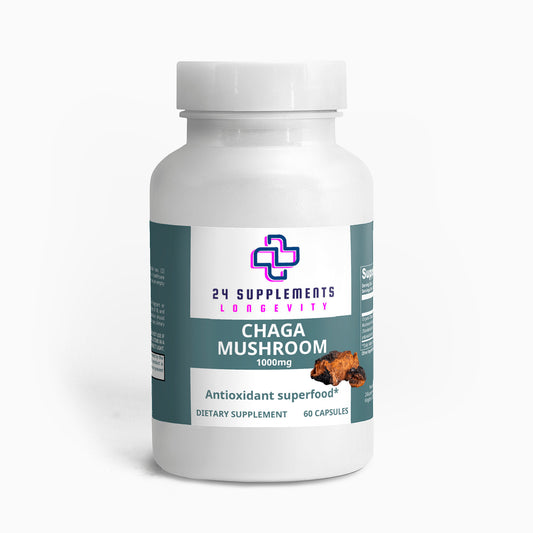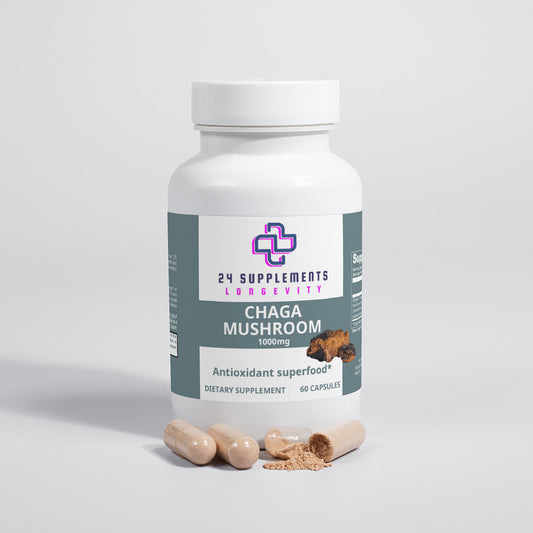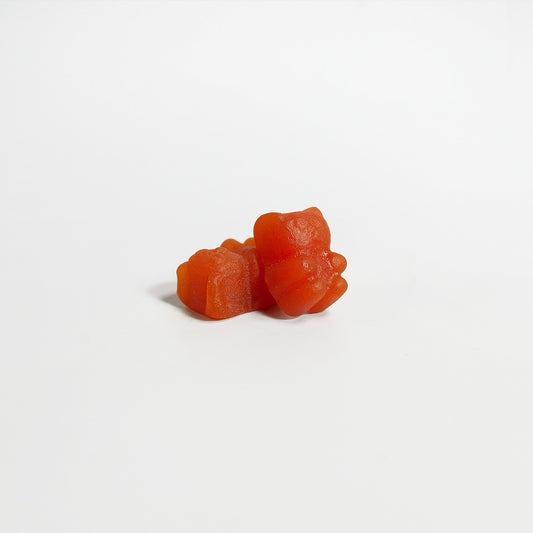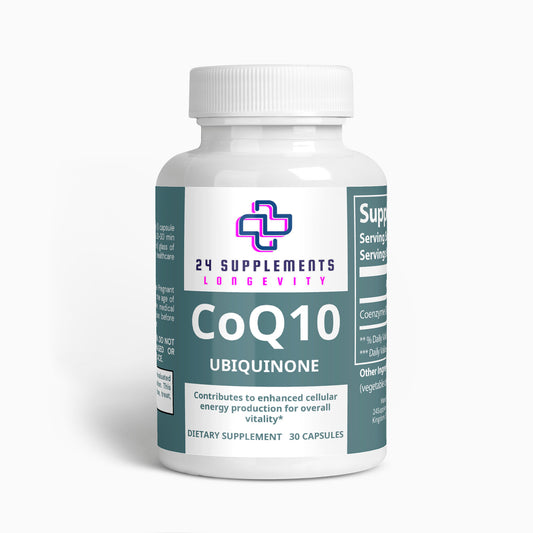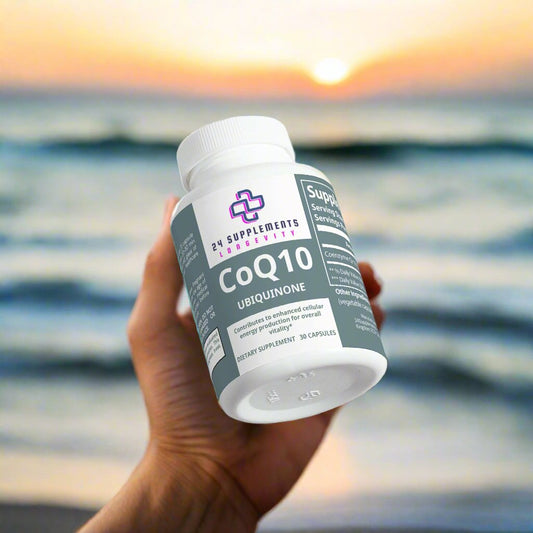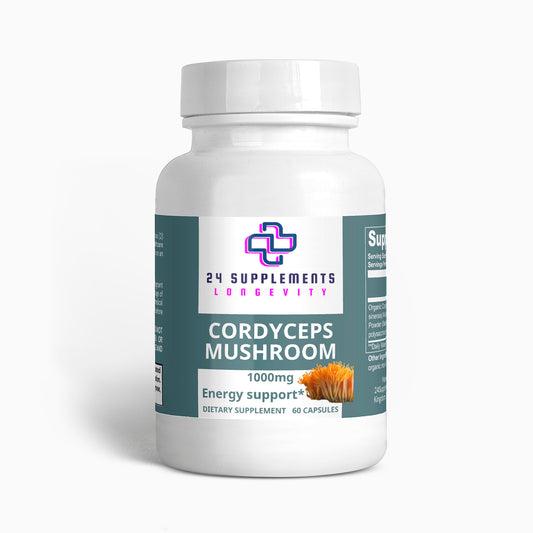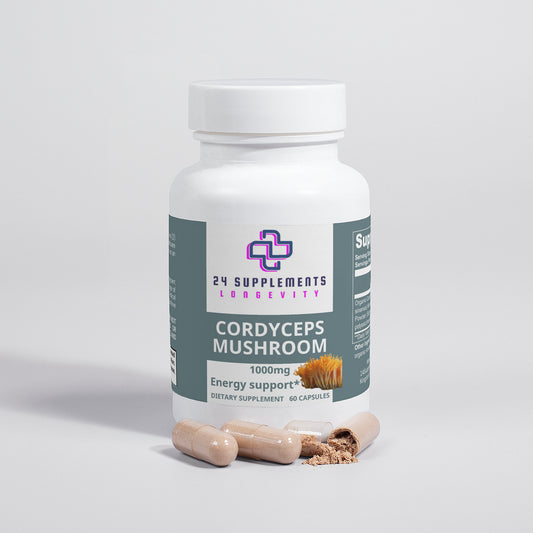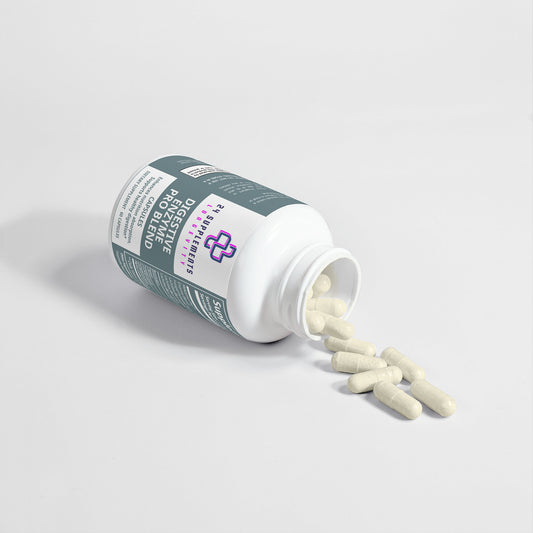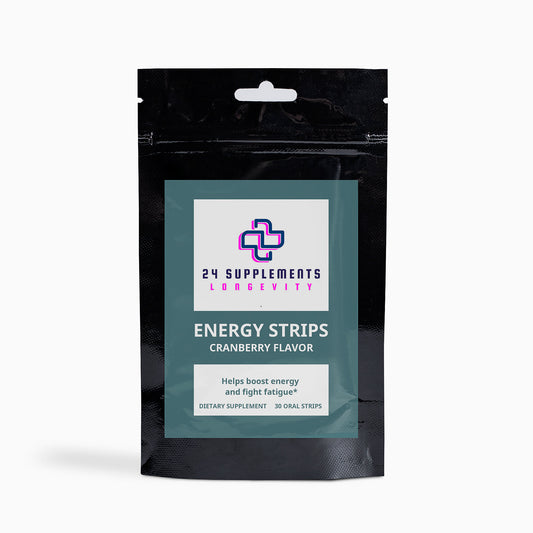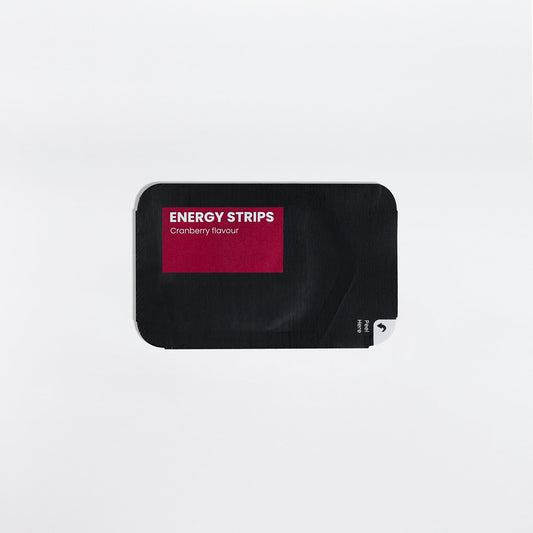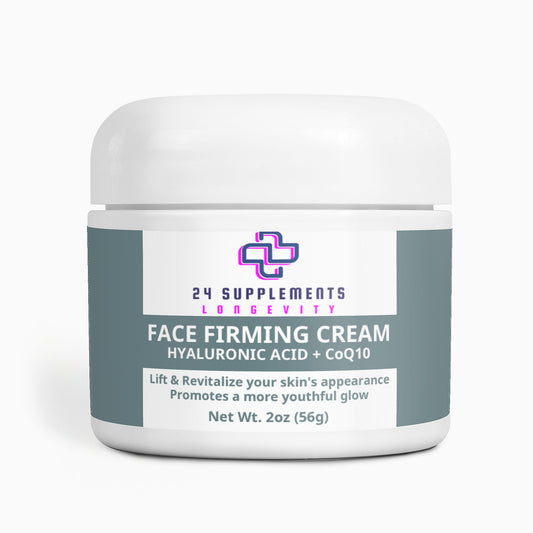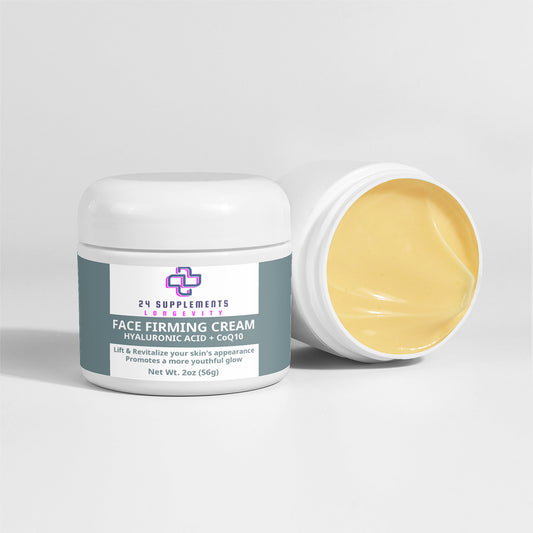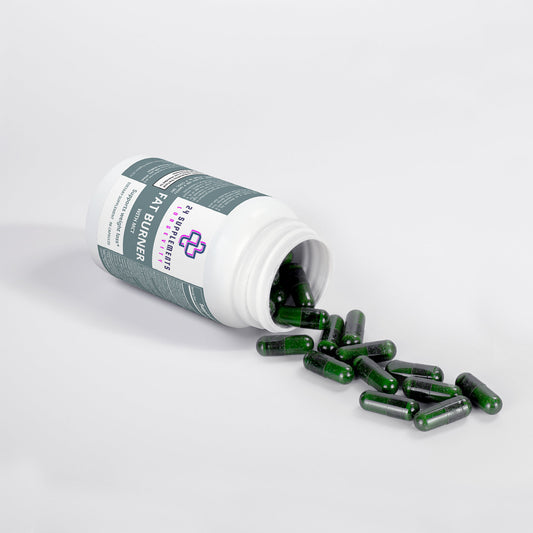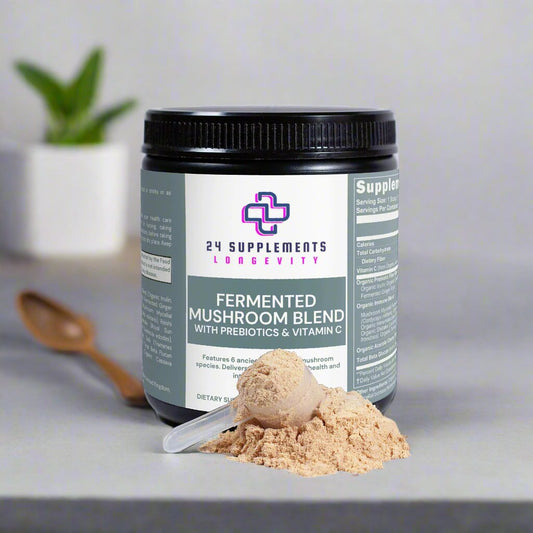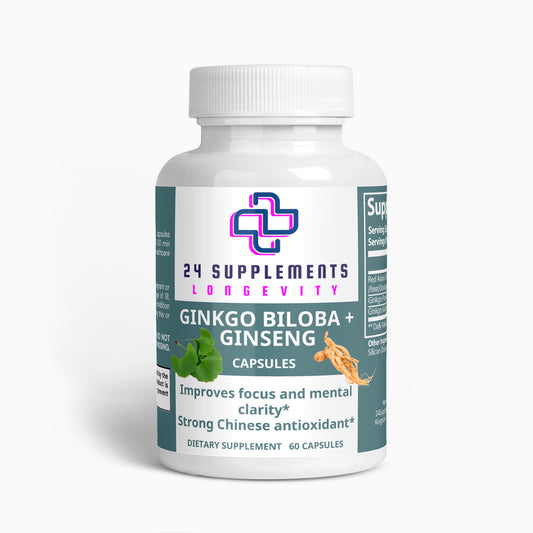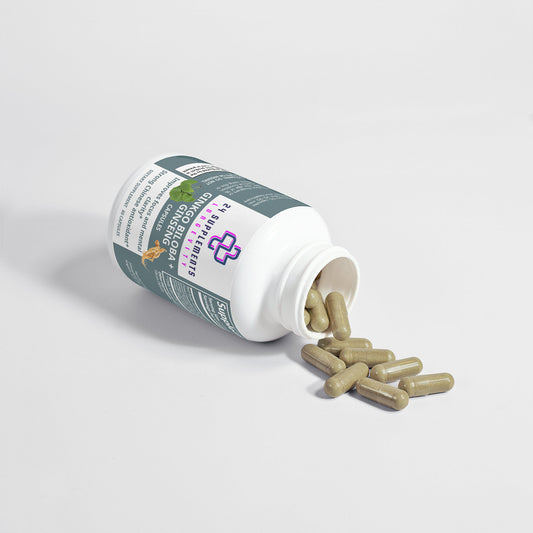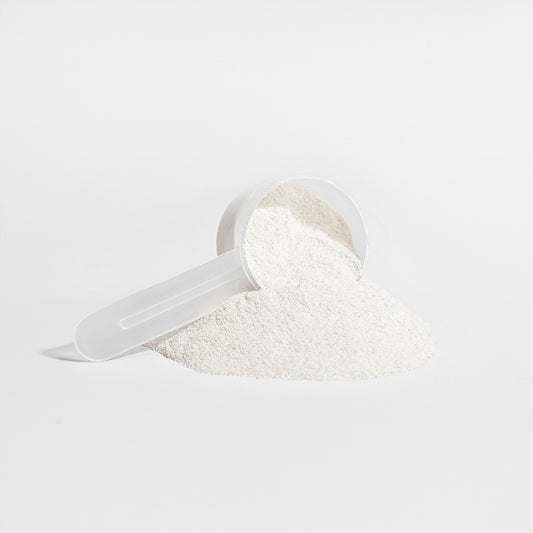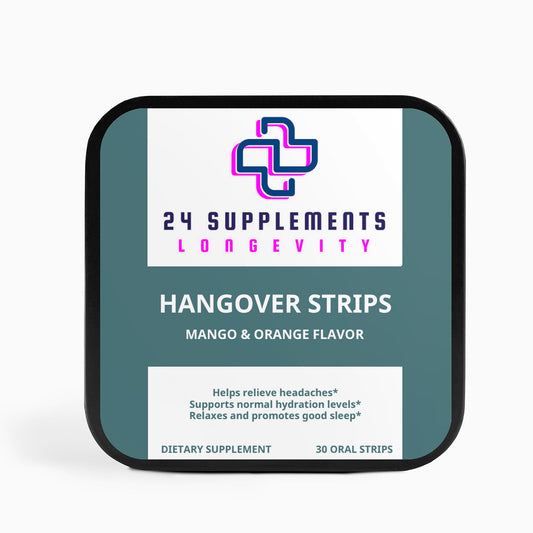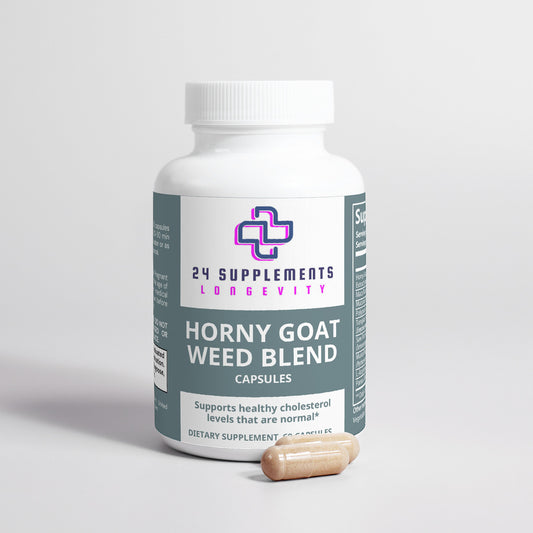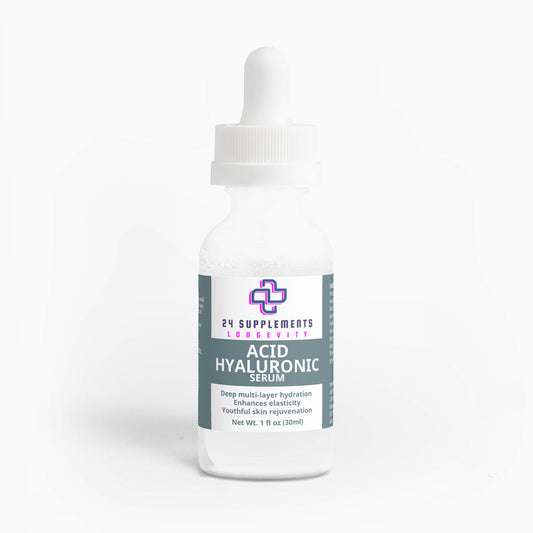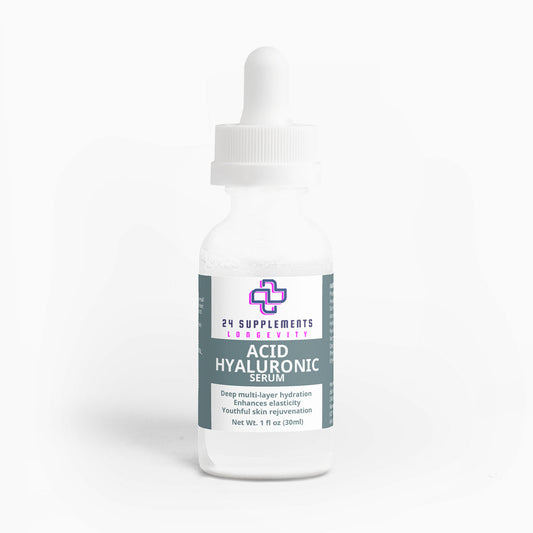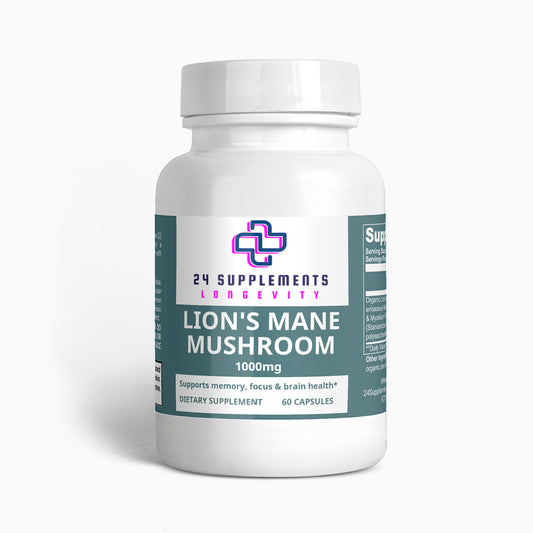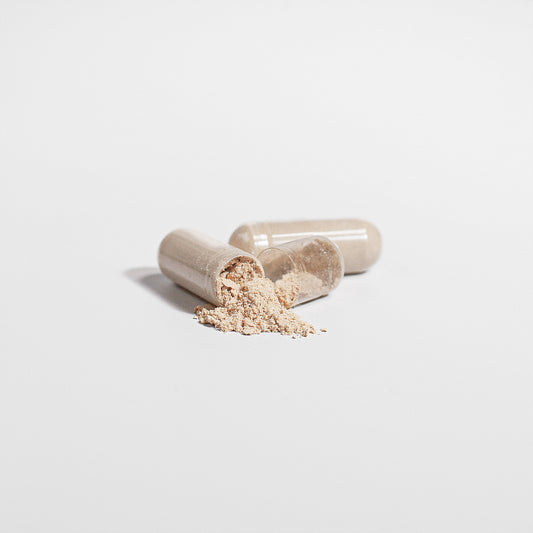
Comparing CBD with Traditional Treatments for Nerve Pain
Share
Introduction
Nerve pain, also known as neuropathy, is a complex and often debilitating condition that affects millions of people worldwide. It is typically characterized by sharp, burning, or shooting pain, often accompanied by tingling or numbness. Traditional treatments for nerve pain, such as anticonvulsants, antidepressants, and opioids, have been the mainstay of management. However, these treatments come with various side effects and limitations, leading many to explore alternative options like cannabidiol (CBD). This article compares the effectiveness, safety, and overall benefits of CBD with those of traditional nerve pain treatments.
Traditional Treatments for Nerve Pain
Anticonvulsants
Anticonvulsants, such as gabapentin and pregabalin, are commonly prescribed for nerve pain. These medications work by stabilizing overactive nerve cells, thereby reducing pain signals. While anticonvulsants can be effective, they often come with side effects like dizziness, fatigue, and cognitive impairment. Additionally, their effectiveness can diminish over time, requiring higher doses to achieve the same level of pain relief.
Antidepressants
Certain antidepressants, such as amitriptyline and duloxetine, are also used to treat nerve pain. These medications work by altering the levels of neurotransmitters in the brain that influence pain perception. While antidepressants can be helpful for some patients, they are associated with side effects such as dry mouth, weight gain, and increased risk of suicidal thoughts, particularly in younger individuals.
Opioids
Opioids are potent pain relievers that are sometimes prescribed for severe nerve pain. However, their use is generally reserved for cases where other treatments have failed due to the high risk of addiction, tolerance, and overdose. Side effects of opioids include sedation, constipation, and respiratory depression, making them a less desirable option for long-term management of nerve pain.
Benefits and Limitations of Traditional Treatments
Traditional treatments for nerve pain can provide significant relief for some patients, but they are not without limitations. The effectiveness of these medications can vary widely from person to person, and many patients experience only partial relief. Moreover, the side effects associated with these treatments can be debilitating in their own right, leading some patients to discontinue use. The need for safer, more effective treatment options has spurred interest in alternative therapies like CBD.
CBD as an Alternative Treatment
How CBD Works
CBD, or cannabidiol, is a non-psychoactive compound found in the cannabis plant. Unlike THC, the compound responsible for the "high" associated with cannabis, CBD does not produce any intoxicating effects. Instead, it interacts with the body’s endocannabinoid system (ECS), a complex network of receptors and signaling molecules that play a key role in regulating pain, inflammation, and other physiological processes.
CBD's Mechanism of Action
CBD’s ability to relieve nerve pain is thought to involve several mechanisms:
-
Modulation of Endocannabinoid Levels: CBD inhibits the breakdown of anandamide, a naturally occurring endocannabinoid that plays a crucial role in pain regulation. By increasing anandamide levels, CBD may enhance the body’s natural ability to manage pain.
-
Anti-Inflammatory Effects: CBD has been shown to reduce inflammation by inhibiting the production of pro-inflammatory cytokines. Since inflammation is a key contributor to nerve pain, this effect is particularly relevant.
-
Neuroprotective Properties: CBD has been found to protect nerve cells from damage, which may help prevent the progression of neuropathic pain.
-
Desensitization of Pain Receptors: CBD interacts with TRPV1 receptors, which are involved in the sensation of pain and heat. By desensitizing these receptors, CBD may reduce the perception of pain.
Benefits of CBD
One of the most significant benefits of CBD is its relatively low risk of side effects compared to traditional treatments. Common side effects of CBD are mild and include drowsiness, dry mouth, and changes in appetite. Unlike opioids, CBD is not associated with addiction or overdose risk, making it a safer option for long-term use. Additionally, CBD is a natural compound, which appeals to patients seeking a more holistic approach to pain management.
Scientific Studies: CBD vs. Traditional Treatments
Comparative Effectiveness
Several studies have compared the effectiveness of CBD to traditional nerve pain treatments, with promising results:
-
Study 1: A 2018 review published in the Journal of Pain Research analyzed the effectiveness of CBD in treating chronic pain, including neuropathic pain. The review concluded that CBD was effective in reducing pain intensity, with fewer side effects compared to traditional treatments like anticonvulsants and opioids.
-
Study 2: A 2019 randomized controlled trial published in Pain journal examined the effects of CBD on patients with peripheral neuropathy. The study found that CBD significantly reduced pain and discomfort in the affected areas, with minimal side effects.
-
Study 3: Another study published in the European Journal of Pain in 2020 compared the use of CBD and gabapentin in patients with neuropathic pain. The results showed that CBD was as effective as gabapentin in reducing pain, with fewer side effects.
Patient Outcomes
Patients who have switched from traditional treatments to CBD often report significant improvements in pain relief and quality of life. For many, the reduced side effects and the natural origin of CBD are major advantages. Additionally, some patients find that CBD allows them to reduce or even eliminate their reliance on traditional medications, further decreasing the risk of side effects and dependency.
Combining CBD with Traditional Treatments
Potential Synergies
CBD can be used in combination with traditional treatments to enhance their effectiveness and reduce side effects. For example, patients using anticonvulsants or antidepressants for nerve pain may find that adding CBD allows them to lower their dose of these medications, thereby reducing the risk of side effects. Additionally, the anti-inflammatory and neuroprotective properties of CBD may complement the effects of traditional treatments, leading to more comprehensive pain relief.
Guidelines for Combining Treatments
When combining CBD with traditional treatments, it is essential to do so under the guidance of a healthcare provider. This is particularly important because CBD can interact with certain medications by affecting how they are metabolized by the liver. A healthcare provider can help determine the appropriate dosage and monitor for potential interactions, ensuring that the combination is both safe and effective.
Reducing Dependency on Traditional Medications
One of the most compelling reasons to combine CBD with traditional treatments is the potential to reduce dependency on medications like opioids. By incorporating CBD into their pain management regimen, patients may be able to decrease their reliance on opioids, thereby reducing the risk of addiction and other serious side effects associated with long-term opioid use.
Conclusion
CBD offers a promising alternative or complement to traditional treatments for nerve pain. Its unique mechanisms of action, coupled with its relatively low risk of side effects, make it an attractive option for patients seeking effective pain relief without the drawbacks of conventional medications. While more research is needed to fully understand the long-term effects of CBD, current evidence suggests that it can be a valuable addition to the pain management toolkit.
For those struggling with the limitations of traditional treatments, CBD presents an opportunity to explore a more natural, holistic approach to managing nerve pain. As always, it is essential to consult with a healthcare provider before making any changes to your treatment regimen, particularly if you are considering combining CBD with existing medications.



